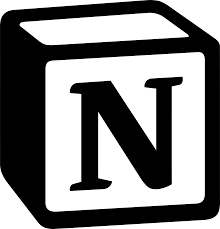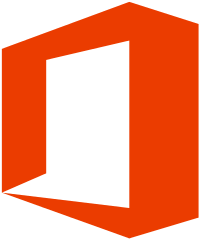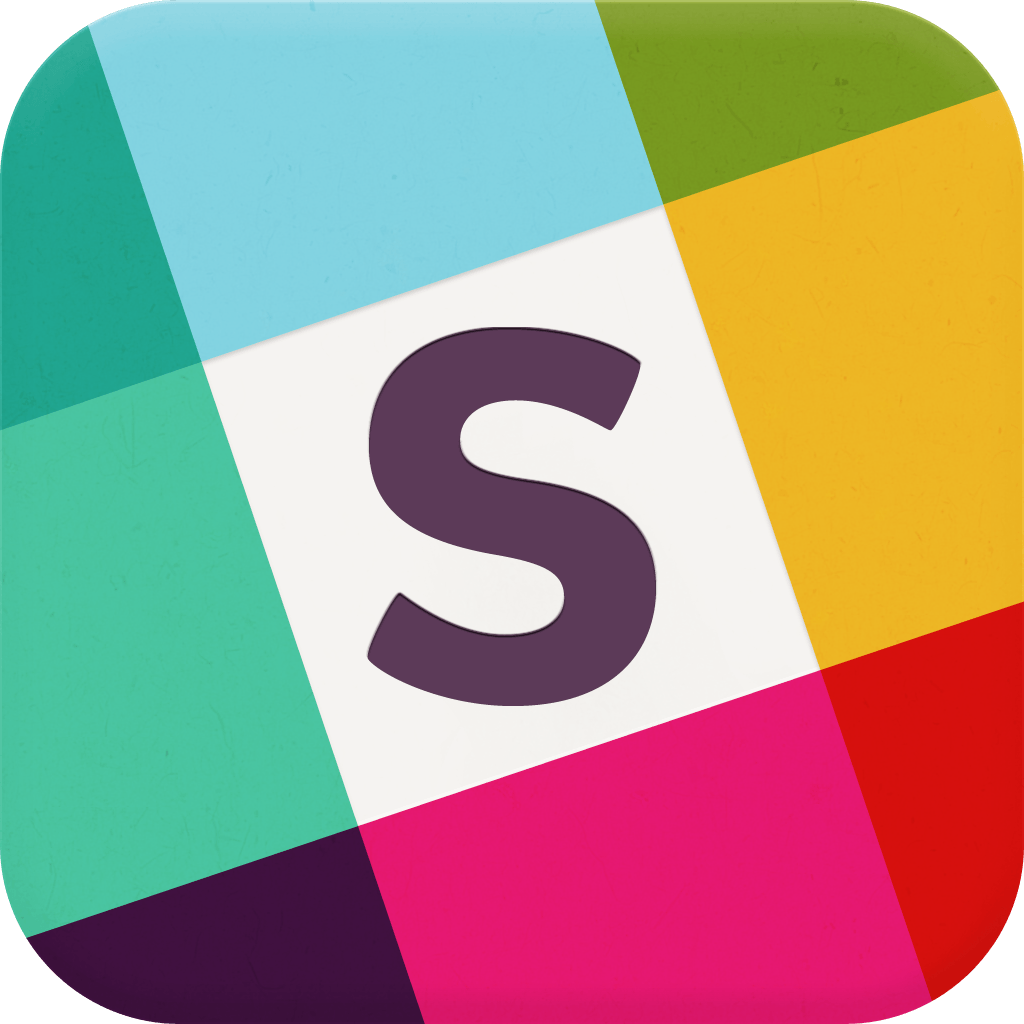Infection Prototype
Platform: PC · Engine: Unreal · Team size: 9-19 · Timetable: Three Months
Nerve worked on a prototype based on an initial pitch that included team-switching in a horror style as the major tagline. As we continued development, we identified a couple of unique features and we wanted to see if we could make them fun. We pivoted to a specific style of gameplay where one team (aliens) couldn’t see the other team (humans), but they could see their sound events. As the aliens caught the humans, they would turn them into more aliens. The game would end when the humans accomplished some objective in the map, or they were all converted into aliens. This was all in pursuit of putting together a pitch that included three parts: a gameplay prototype to show off gameplay, an art scene to set a quality bar, and concept art to communicate how we’d like to skin the final product.
From the beginning of the gameplay prototype, I was tagged to lead the prototype. Together with the game designer, a lead engineer and a lead artist, we drove the development of the prototype through the pre-production phase. I believe the best way to generate a prototype is to set high-level goals and work in rapid iterations towards those goals. I worked with the team to set up a rapid prototyping and playtesting schedule. We were spending the first weeks of every sprint working on new content, and then using the second (and sometimes third) weeks to rapidly iterate and evolve our idea. We prioritized having a playable version of the game that could demonstrate the fun to our internal stakeholders. My collaboration with the game designer included setting sprint goals and holding the team accountable to them, grooming a simple living backlog, removing inefficiencies to increase iteration speed, and preparing presentations for stakeholders.
Contributions and Tools
Role: Producer
My Contributions:
Coached team on rapid prototyping methods
Worked with Game Designer to set achievable goals for sprints
Organized team and company playtests of our prototype
Collaborated with team on a RACI system to improve decision-making
Integrated artists into engineering team, setting up pipelines
Researched and organized playtests of potential competitors
Collected sprint results for presentations to stakeholders
Synthesized feedback from stakeholders and playtesters
Tools I Used Daily:
Documentation and Downloads
Images
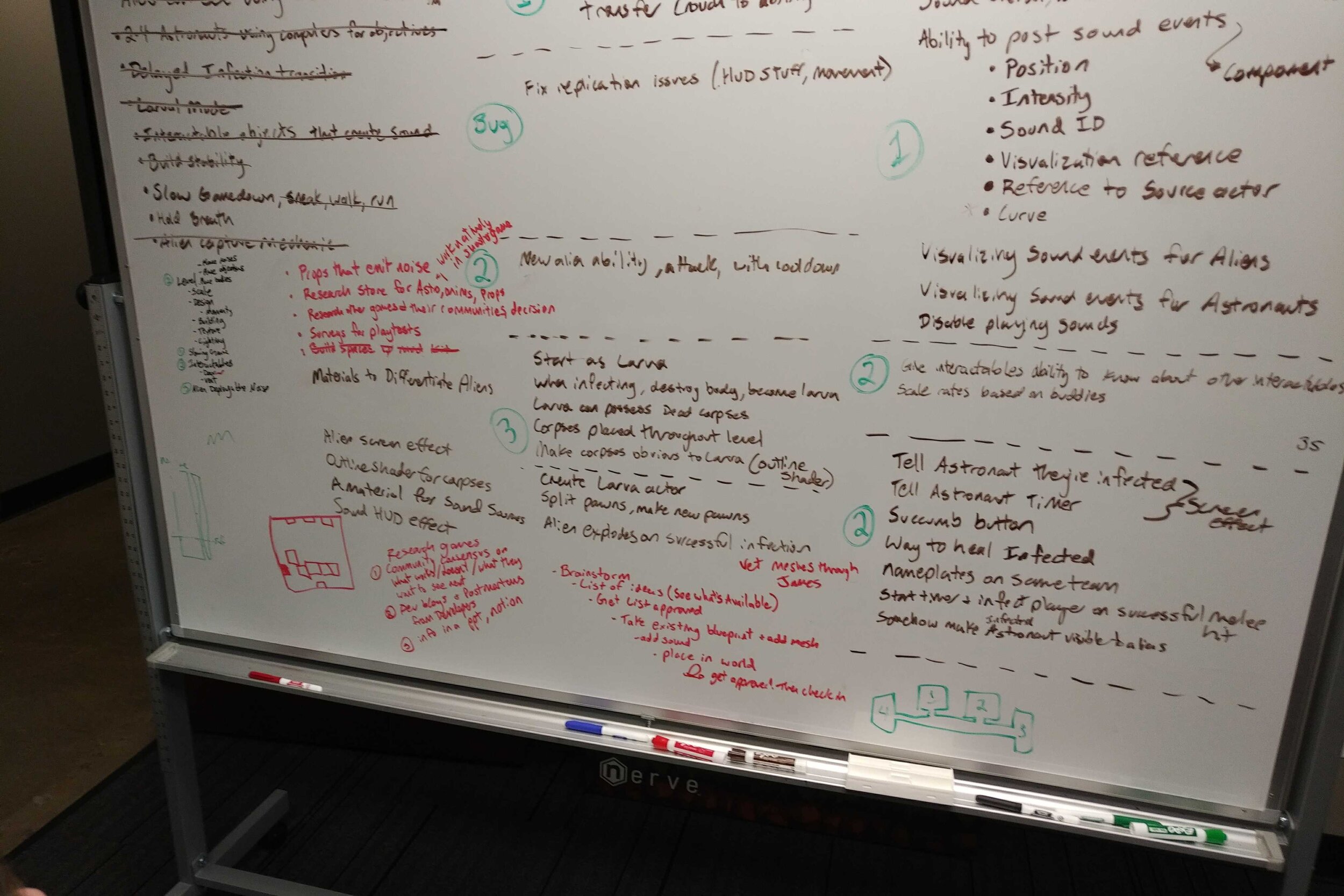

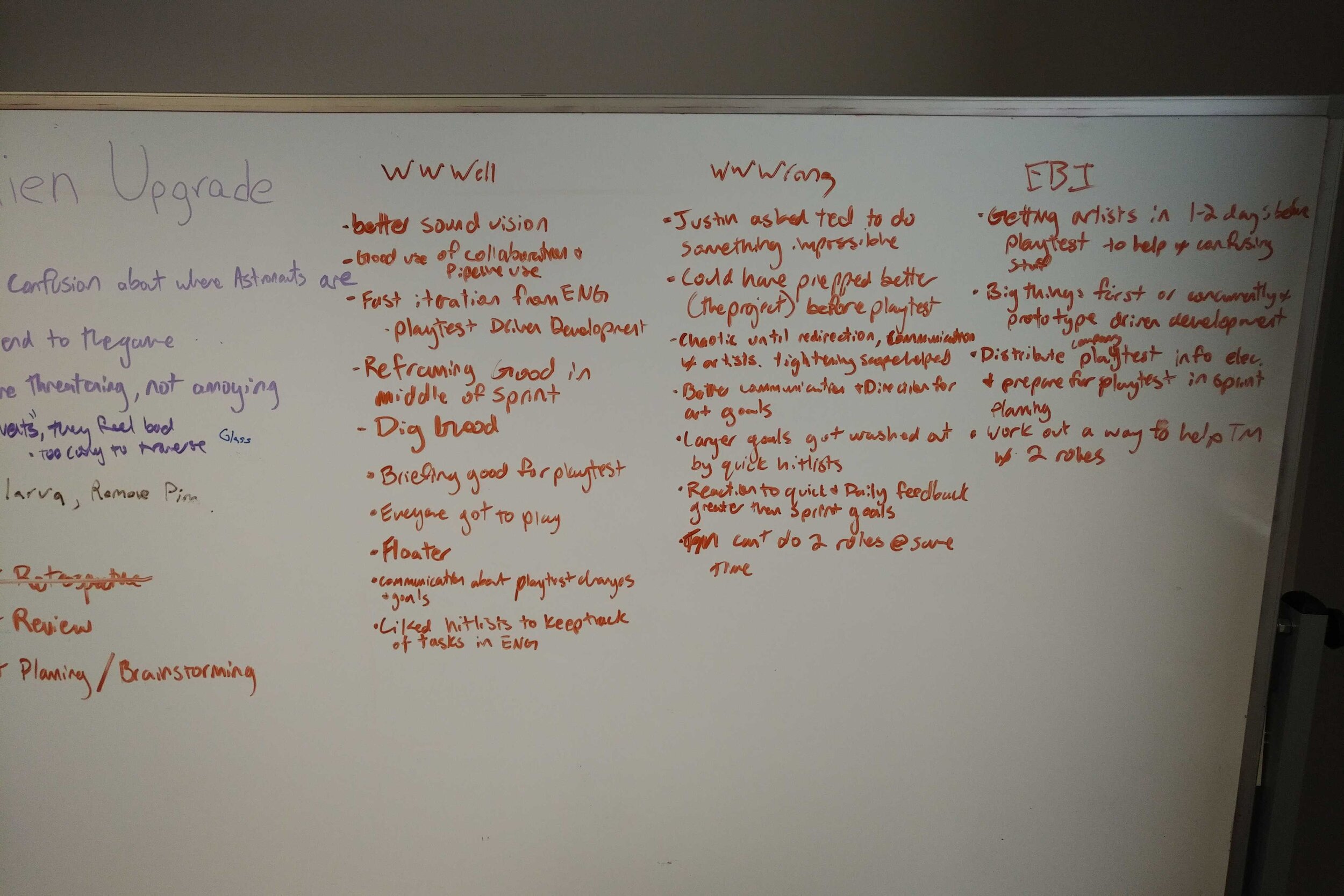


Risk Assessment/Management
Assessment: Adding Artists to Engineering/Design team
Management: Integrate artists without disrupting team
Method: Negotiate expectations for the artists for playtesting, pipelines, goal-setting, and roles
Our team initially consisted of five engineers, an artist, the game designer, and myself. Our lead artist and stakeholders wanted to add artists to begin leveling up visuals in the game. The next sprint, we added eight artists to the project in various roles. My desire was to keep the iterations as quick as possible while slowly integrating artist work and feedback. The lead artist and I negotiated expectations for the artists based on the team’s needs, and arrived at a place where we had two artists working in rapid iterations with the team while the rest of the artists worked towards long-term goals.
Assessment: Need for Rapid Iterative development
Management: Encourage rapid play-driven prototyping
Method: organize playtests, help keep tasks small during planning, Empower team, Praise Rapid iterations
Our first sprint consisted of just getting the game stood up in Unreal, but during the next sprint, we would start iterating on the gameplay and trying to find the fun. I met with the whole team and set the goal of playtesting every day, and I used the results to fuel our further development rather than setting a more concrete plan at the beginning of the sprint. Initially, there was some resistance as team members felt there wasn’t much changing every playtest, but as we moved forward, the team saw the benefits and bought in. They began leaning heavily on the playtest-driven prototyping, and our game leveled up very quickly.
Assessment: Too much structure for Pre-Production
Management: Reduce amount of Production structure
Method: Use stickies and white boards instead of Jira, Give more Authority to team, High Level Sprint Plans
When we started the Infection prototype, we were rolling off our previous project and kept using our same methodology. It quickly became apparent that this was too much for the rapid iterative style we were pushing for, so I worked with the team on breaking down the purposes of different tools and ideas we were using, and we came up with a simplified structure for the prototype. This involved the team using stickies and whiteboards for their tasks to increase speed and decrease formality while allowing them to be flexible. Our sprint plan consisted of only high level goals and suggestions for how we might get there. Lastly, the game designer and myself gave the team a lot of autonomy to be creative towards the goals to reduce blockers related to approving changes.
Assessment: Making big changes to solve small issues
Management: Solve design problems quickly and Simply
Method: Discuss solutions with design that involve tweaking numbers or using existing work
Sometimes throughout the prototyping process, we got feedback from stakeholders and playtesters that indicated we should drastically change direction. I worked with the game designer to sift through this feedback and determine what the source of the feedback was. I encouraged addressing these problems with a numerical change or existing features to make quick fixes and to see if we could solve their problem with what we had. Instead of making drastic pendulum swings with the design of the game, we were able to focus on our idea, and tried to make sound vision and team switching work while addressing the problems presented in the feedback.
Quotes
“Justin’s teamwork was invaluable in forming our development strategy and helping manage the stresses of taking on several challenges at once. He is also a fantastic listener, and a profound exemplar of radical candor. I found I was able to brainstorm with him on all levels of project management with very little friction, finding his insights of immense value.”
“During rapid prototyping, Justin was the bedrock of our collaborative effort. He helped us stay on track and communicate clearly with our stakeholders. His use of radical candor establishes transparency, trust, and encourages efficiency from the whole team.”



